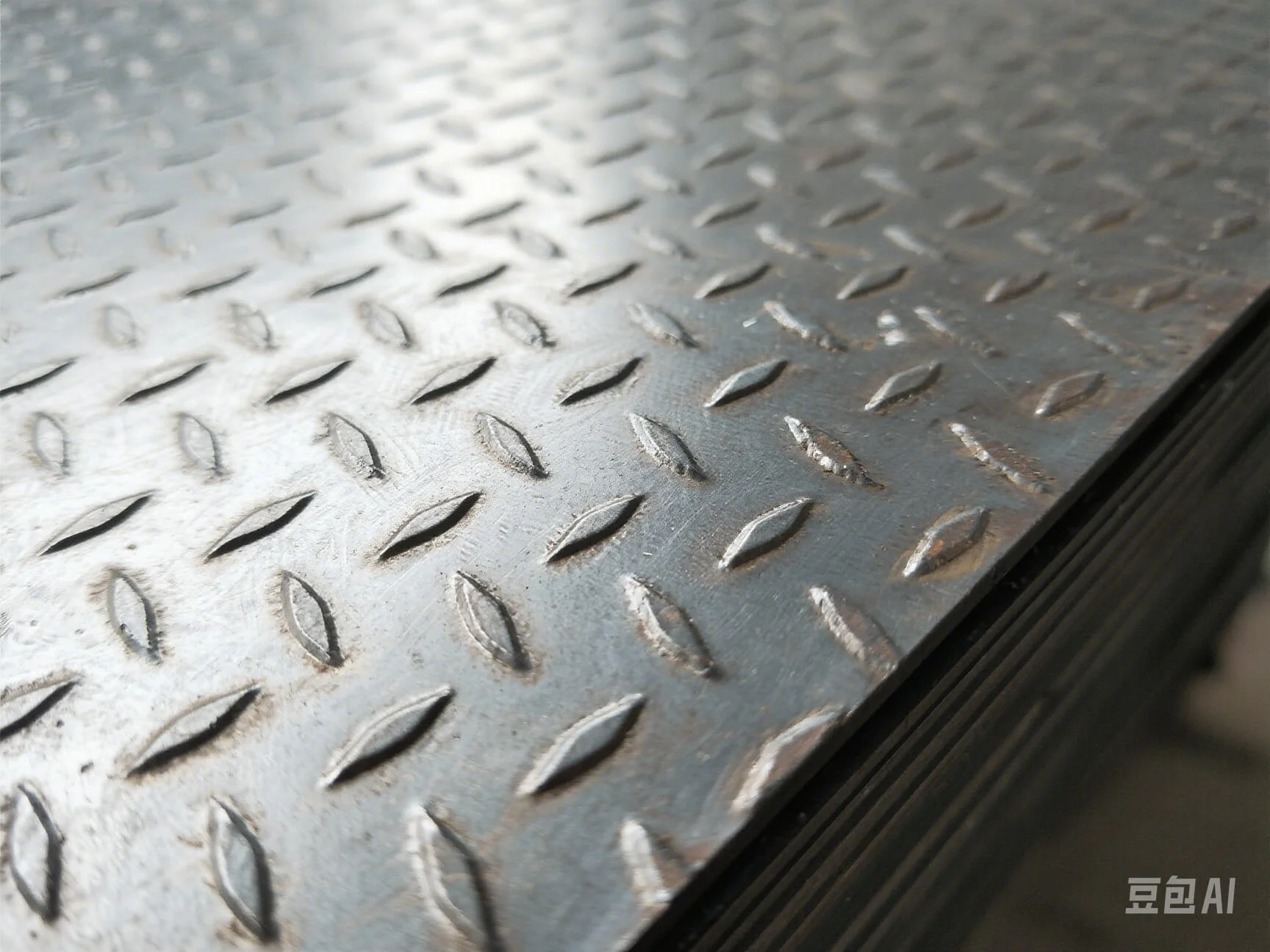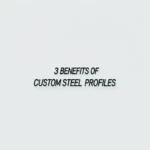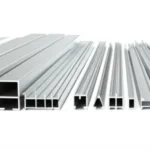Carbon steel, an alloy primarily composed of iron and carbon, is broadly categorized into three main grades based on its carbon content. The amount of carbon significantly influences the steel’s properties, particularly its hardness, strength, ductility (ability to deform without fracturing), and weldability.


The three primary grades are:
1. Low-Carbon Steel (Mild Steel)
- Carbon Content: Typically contains 0.04% to 0.30% carbon.
- Properties: Relatively soft, highly ductile, easily formed, machined, and welded. It has lower tensile strength compared to higher carbon grades. It is the most common and generally least expensive type of carbon steel.
- Applications: Widely used for structural shapes (like I-beams and channels), plates (including checker plates), pipes, automotive body panels, wire, food cans, and general manufacturing components where high strength is not the primary requirement. ASTM A36 is a classic example of low-carbon steel.
2. Medium-Carbon Steel
- Carbon Content: Generally ranges from 0.31% to 0.60% carbon. Often contains manganese ranging from 0.60% to 1.65%.
- Properties: Offers a balance between strength, hardness, and ductility. It is stronger and harder than low-carbon steel but less ductile. Its properties can be significantly enhanced through heat treatment (quenching and tempering). Weldability is fair but requires more care than mild steel.
- Applications: Used for components requiring higher strength and wear resistance, such as railway tracks, train wheels, gears, crankshafts, couplings, axles, and machinery parts. Grades like 1045 are common examples.
3. High-Carbon Steel
- Carbon Content: Typically contains 0.61% to 1.50% carbon (though sometimes considered up to 2.1% where the distinction from cast iron blurs).
- Properties: Very strong, hard, and holds a sharp edge well, but it is also the least ductile (more brittle) of the carbon steel grades. It is difficult to weld, cut, or form. Excellent wear resistance after heat treatment.
- Applications: Used for applications demanding high strength, hardness, and wear resistance, such as cutting tools (chisels, drills), springs, high-strength wires, dies, punches, and masonry nails.
Here is a table summarizing the key differences:
| Property | Low-Carbon Steel (Mild Steel) | Medium-Carbon Steel | High-Carbon Steel |
|---|---|---|---|
| Carbon Content (%) | 0.04 – 0.30 | 0.31 – 0.60 | 0.61 – 1.50 |
| Strength | Low | Medium | High |
| Hardness | Low | Medium | High |
| Ductility | High | Medium | Low (Brittle) |
| Weldability | Excellent | Fair (Preheat may be needed) | Poor (Difficult) |
| Machinability | Good | Fair | Poor |
| Cost | Lowest | Moderate | Highest |
Beyond these three main categories, there’s also Ultra-High-Carbon Steel (approx. 1.25%–2.0% carbon), which is extremely hard and brittle, used for specialized items like knives, axles, or punches. The selection of the appropriate carbon steel grade is critical for ensuring the performance and longevity of the final product.
Key Specifications
- Standards and grades
- Dimensions and tolerances
- Surface finish
- Certificates (MTC)
Applications
Construction, machinery, energy and general fabrication — match material and finish to the operating environment.





